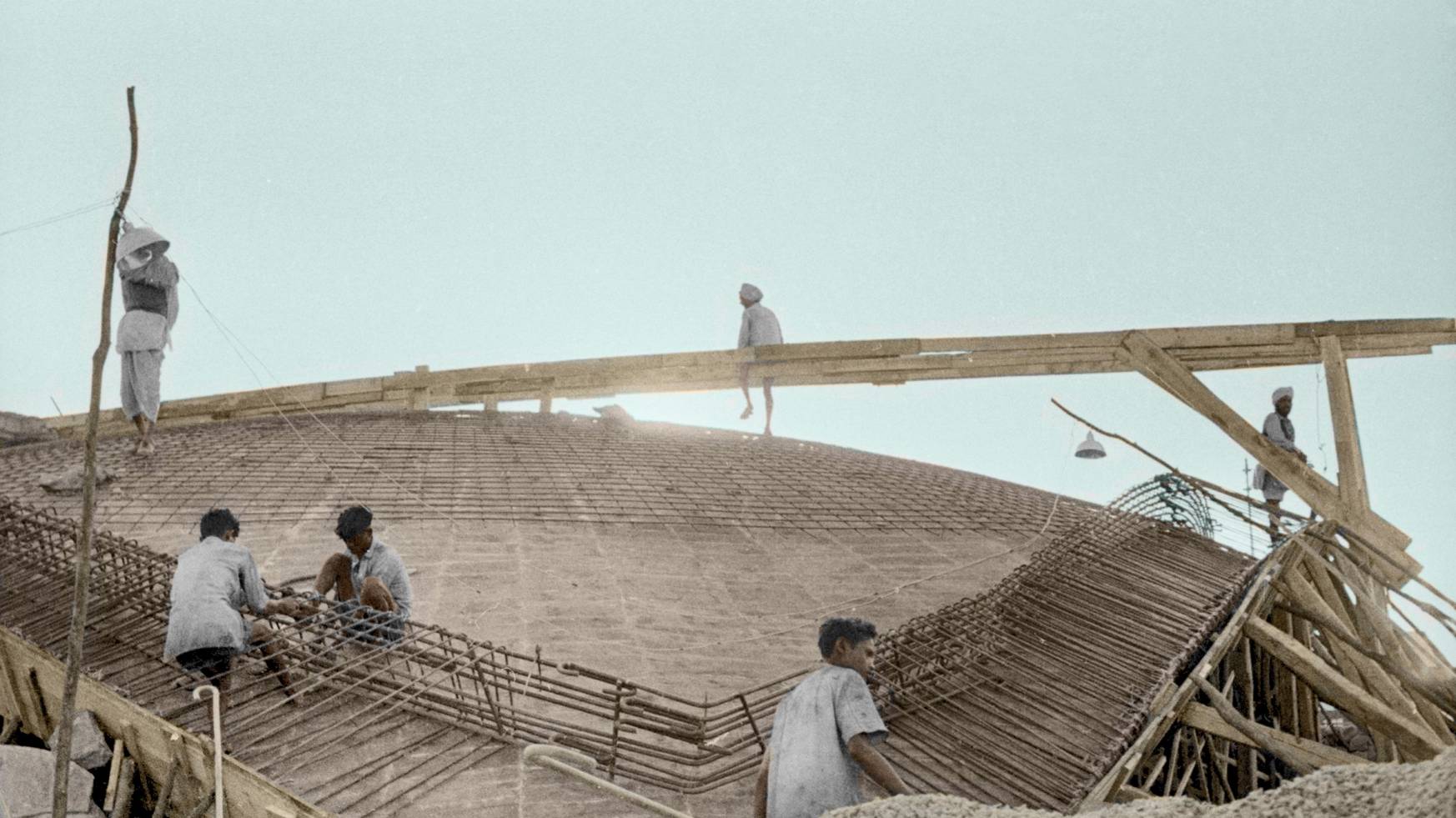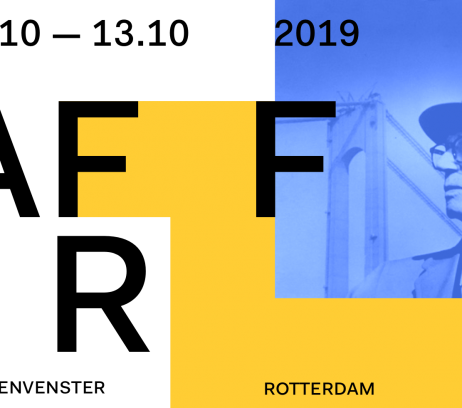Luc Durand Leaving Delhi
Het einde van de jaren vijftig, vlak na de Indiase onafhankelijkheid, was een avontuurlijke periode van experiment in India. India stuwde zich op in de vaart der volkeren. Op zijn dertigste pakte Canadese architect Luc Durand daarom het vliegtuig naar Delhi, waar hij mocht werken aan revolutionaire sociale woningbouw en een indrukwekkend paviljoen voor de Indiase Agricultural & Industrial Fair. Durand zou later bekend worden voor het Quebec Paviljoen op Expo 67 en het olympische dorp in Montreal voor de winterspelen van 1976. Met archiefbeelden en interviews is Luc Durand Leaving Delhi een prachtig portret van een ondernemende architect in een snel veranderende wereld.
The late 1950s, just after Indian independence, was an adventurous period of experimentation in India. The country began to prosper. So at the age of thirty, the Canadian architect Luc Durand flew to Delhi to work on revolutionary social housing and an impressive pavilion for the Indian Agricultural & Industrial Fair. Durand would later become known for the Quebec Pavilion at Expo 67 and the Olympic Village for the Montreal winter games of 1976. Featuring archival footage and interviews, Luc Durand Leaving Delhi is a wonderful portrait of an enterprising architect in a rapidly changing world.
Kies tijdstip
- filmspecial
Het einde van de jaren vijftig, vlak na de Indiase onafhankelijkheid, was een avontuurlijke periode van experiment in India. India stuwde zich op in de vaart der volkeren. Op zijn dertigste pakte Canadese architect Luc Durand daarom het vliegtuig naar Delhi, waar hij mocht werken aan revolutionaire sociale woningbouw en een indrukwekkend paviljoen voor de Indiase Agricultural & Industrial Fair. Durand zou later bekend worden voor het Quebec Paviljoen op Expo 67 en het olympische dorp in Montreal voor de winterspelen van 1976. Met archiefbeelden en interviews is Luc Durand Leaving Delhi een prachtig portret van een ondernemende architect in een snel veranderende wereld.
The late 1950s, just after Indian independence, was an adventurous period of experimentation in India. The country began to prosper. So at the age of thirty, the Canadian architect Luc Durand flew to Delhi to work on revolutionary social housing and an impressive pavilion for the Indian Agricultural & Industrial Fair. Durand would later become known for the Quebec Pavilion at Expo 67 and the Olympic Village for the Montreal winter games of 1976. Featuring archival footage and interviews, Luc Durand Leaving Delhi is a wonderful portrait of an enterprising architect in a rapidly changing world.














